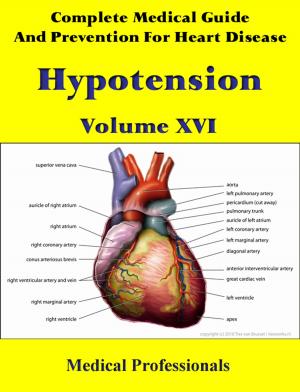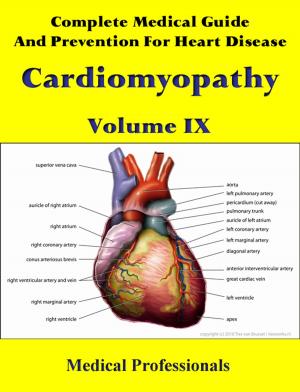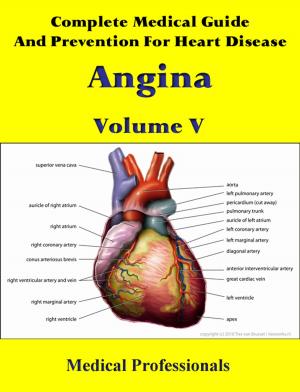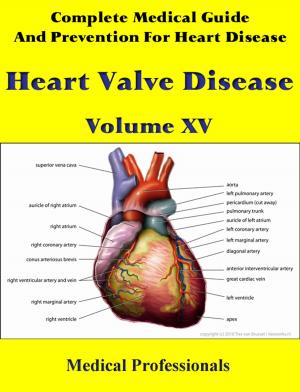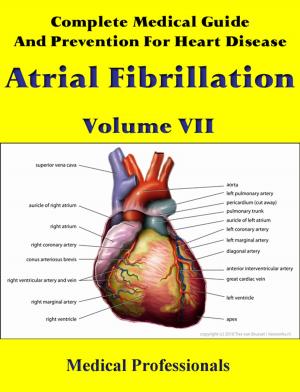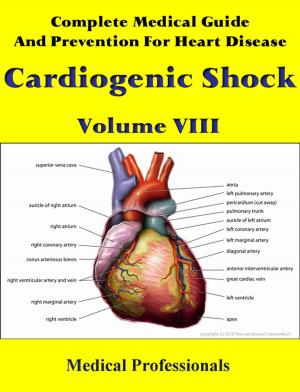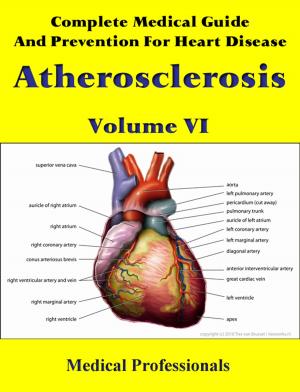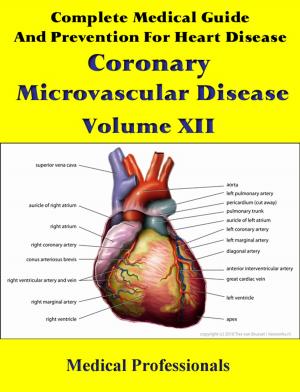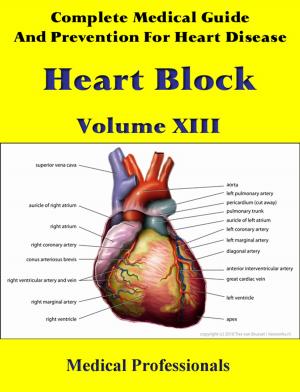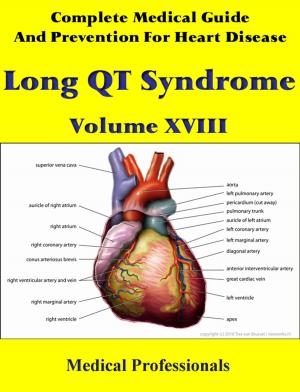Complete Medical Guide and Prevention for Heart Diseases Volume XIV; Heart Failure
Nonfiction, Health & Well Being, Health, Ailments & Diseases, Heart, Health Care Issues| Author: | Medical Professionals | ISBN: | 1230000037142 |
| Publisher: | MedHealth | Publication: | December 6, 2012 |
| Imprint: | Language: | English |
| Author: | Medical Professionals |
| ISBN: | 1230000037142 |
| Publisher: | MedHealth |
| Publication: | December 6, 2012 |
| Imprint: | |
| Language: | English |
Heart failure (HF), often called congestive heart failure (CHF) or congestive cardiac failure (CCF), occurs when the heart is unable to provide sufficient pump action to distribute blood flow to meet the needs of the body. Heart failure can cause a number of symptoms including shortness of breath, leg swelling, and exercise intolerance. The condition is diagnosed with echocardiography and blood tests. Treatment commonly consists of lifestyle measures such as smoking cessation, light exercise including breathing protocols, decreased salt intake and other dietary changes, and medications. Sometimes it is treated with implanted devices (pacemakers or ventricular assist devices) and occasionally a heart transplant.
Common causes of heart failure include myocardial infarction and other forms of ischemic heart disease, hypertension, valvular heart disease, and cardiomyopathy. The term heart failure is sometimes incorrectly used for other cardiac-related illnesses, such as myocardial infarction (heart attack) or cardiac arrest, which can cause heart failure but are not equivalent to heart failure.
Heart failure is a common, costly, disabling, and potentially deadly condition.[4] In developed countries, around 2% of adults suffer from heart failure, but in those over the age of 65, this increases to 6–10%.
Heart failure (HF), often called congestive heart failure (CHF) or congestive cardiac failure (CCF), occurs when the heart is unable to provide sufficient pump action to distribute blood flow to meet the needs of the body. Heart failure can cause a number of symptoms including shortness of breath, leg swelling, and exercise intolerance. The condition is diagnosed with echocardiography and blood tests. Treatment commonly consists of lifestyle measures such as smoking cessation, light exercise including breathing protocols, decreased salt intake and other dietary changes, and medications. Sometimes it is treated with implanted devices (pacemakers or ventricular assist devices) and occasionally a heart transplant.
Common causes of heart failure include myocardial infarction and other forms of ischemic heart disease, hypertension, valvular heart disease, and cardiomyopathy. The term heart failure is sometimes incorrectly used for other cardiac-related illnesses, such as myocardial infarction (heart attack) or cardiac arrest, which can cause heart failure but are not equivalent to heart failure.
Heart failure is a common, costly, disabling, and potentially deadly condition.[4] In developed countries, around 2% of adults suffer from heart failure, but in those over the age of 65, this increases to 6–10%.

